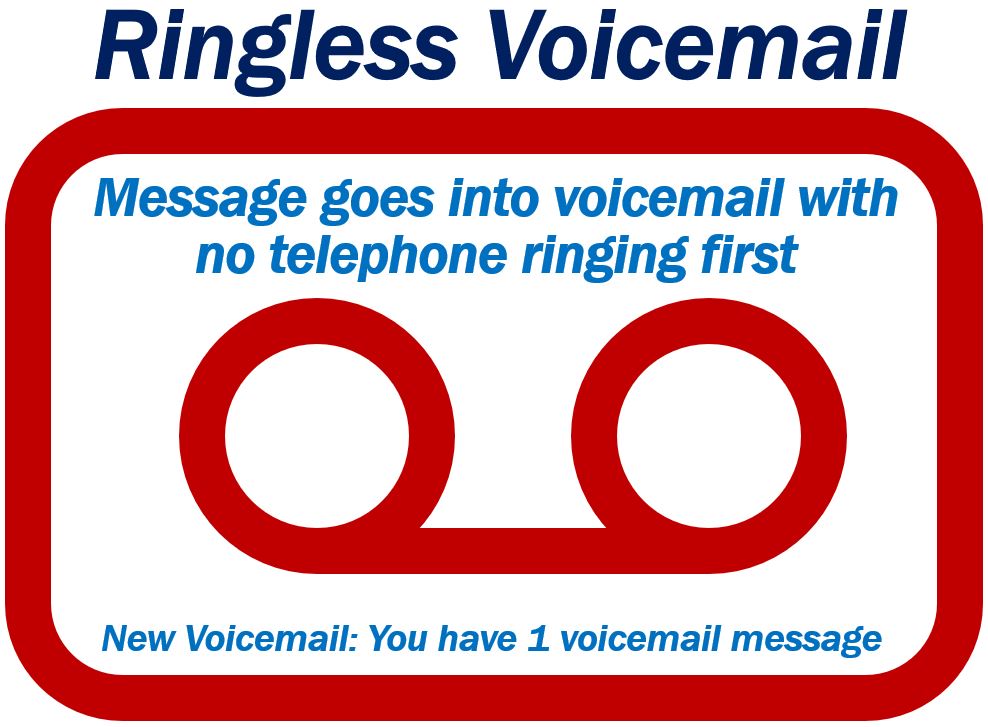 Mounting a ringless voicemail (RVM) marketing campaign has been made relatively easy by companies with multiple voice and text products to help seek out clients and improve customer service. Customer service today has become a vital component of any thriving business.
Mounting a ringless voicemail (RVM) marketing campaign has been made relatively easy by companies with multiple voice and text products to help seek out clients and improve customer service. Customer service today has become a vital component of any thriving business.
Companies can expend significant resources on such campaigns and still not know their effectiveness or how to improve their tactics. A marketing campaign of any type is only as good as the results it achieves, and the only way to know is to measure.
“Measure what”, you might ask? There are a few smart metrics that will be valuable, and three will be explained below.
Callbacks
First, measure the ratio between the ringless voicemail drops you send and the callbacks you receive. If you sent out RVMs to 100 different numbers and got 10 callbacks, you have achieved a ratio of 1:10, which is pretty good. That means one in ten people who received the voicemail is interested in the content of your message.
This will help you assess if you are targeting the right demographic, and if your message is effective enough to gain a positive reaction. It can also help you determine if the RVMs are going out during the best time of day. Once you’ve done some basic callback analysis, experiment with and fine-tune the variables that could impact your drop-to-callback ratio.
Opt-outs vs. conversions
A second metric is the ratio between the two kinds of callbacks: callers who are interested in your message and callers requesting to not be called again. The latter is referred to as “opting-out.” Of course, you want to get the positive calls because those are “conversions”, or calls that resulted in a positive reaction to your RVM.
And although an opt-out is disappointing, the ratio between conversions to opt-outs can help you decide if you are targeting the right audience, using the correct messaging, or any other potential issues you have the ability to adjust.
Time of day
The third metric you can look at is the callback rate based on the actual time of the day the RVM was sent. Time of day is tricky: you want to send the message at a time when the recipient is available but not when a person is likely to be hard at work.
Also, when someone gets a notification on their smartphone that they have a message, but they did not hear their phone ring, they can become alarmed that they may have missed another critical call and become stressed. This is not desirable. However, measuring time of day is a fairly simple metric to put into practice.
Send messages at different times during the day and compare the results. This can be enlightening and useful data.
Comparing messages
You can also evaluate the effectiveness of your RVM campaign by conducting a test to determine which type of message will get the best response. You do this by having two separate messages, written differently, possibly of different durations, as well as in different voices or tones of voice.
Sometimes the most subtle difference can affect how a person will react to a solicitation RVM. You can test this by sending two different messages to the same number and measuring which receives the best response.
Why measure?
Telemarketing often requires follow-up calls, and RVM is the most efficient way to do this. And because the tone of the call is so important, you can measure their effectiveness by trying different messages.
Next, leads that you can develop or nurture are the strongest. Measuring helps determine which are the best candidates. Finally, the research shows that the most effective RVMs will be less than 30 seconds. That is something you can certainly test.
Without question, RVM marketing campaigns work and should be integrated into any sound marketing strategy, but for them to be as impactful as possible, a continuous improvement policy must be in place. Measure, test, adjust, repeat.
Video – Marketing Tools
Ringless VM campaigns are one of many different marketing tools that businesses use. This Market Business News video gives us several examples of marketing tools.

